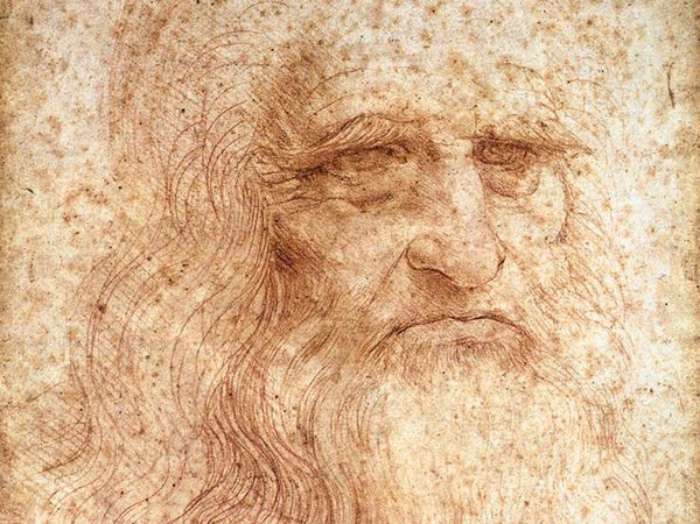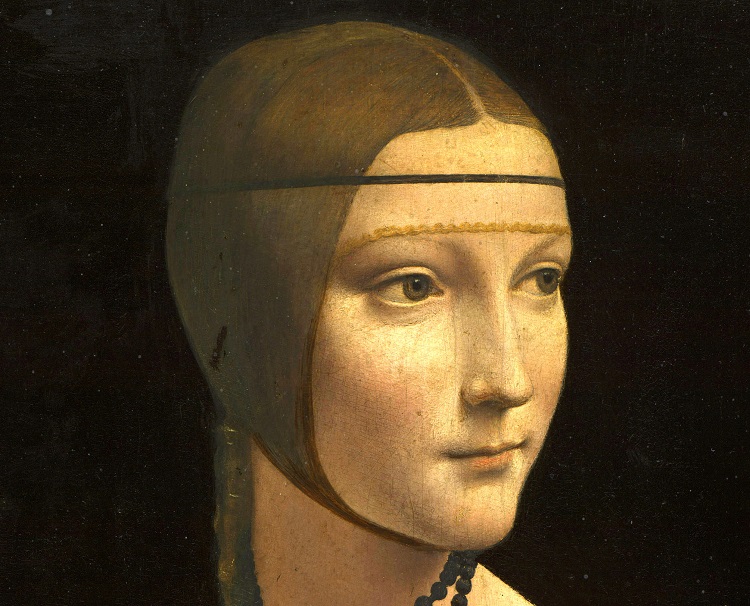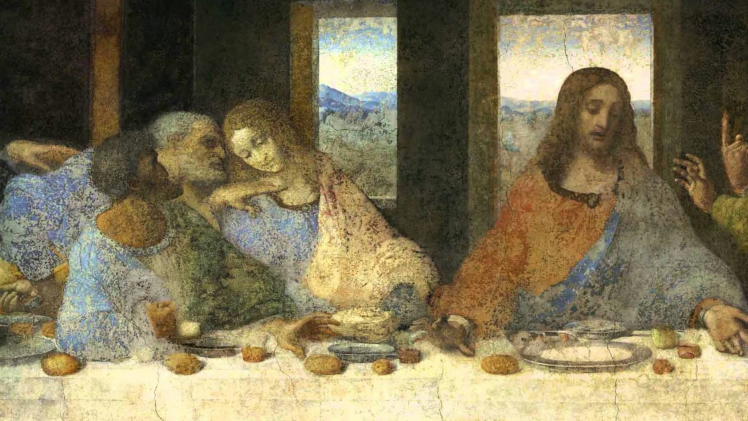
Have you ever wondered how Leonardo da Vinci’s life could have left such an indelible mark on the history of art and science?
Leonardo da Vinci is the genius of the Renaissance, no one doubts it, but what he achieved during his lifetime has spanned the centuries like a beacon of ingenuity and creativity.
In this post we will explore the extraordinary life of Leonardo da Vinci, a man who challenged the limits of his time and became immortal.
Life of Leonardo da Vinci, Renaissance genius

Born on 15 April 1452 in Vinci, a small town near Florence, Leonardo grew up in a simple family, the natural son of a notary and a peasant girl. Leonardo’s life was a succession of discoveries, experiments and masterpieces that changed the course of the art of science.
CHILDHOOD AND YOUTH OF LEONARDO
Leonardo spent his childhood between the Florentine countryside and his father’s house in Florence.
His natural inclination for drawing led him, at the age of only 17, to be accepted into the prestigious art workshop of Andrea del Verrocchio, where he was able to hone his artistic skills by meeting other great masters of the time such as Botticelli and Ghirlandaio.
LEONARDO’S EARLY YEARS IN FLORENCE
Florence, Leonardo devoted three decades of his life to art, science and research. Despite his lack of a classical education in Latin, which led him to call himself ‘Omo without letters’, Leonardo did not give up learning independently, exploring various fields of human knowledge, including anatomy, engineering and architecture.
LEONARDO DA VINCI, WRITING AND A PASSION FOR ENGINEERING
Leonardo da Vinci was known for his habit of writing cryptographically, using mirror writing and mixing up words to keep his research secret. This passion for secrecy was also reflected in his studies of engineering and architecture.
His talent in the field of engineering attracted the attention of Ludovico il Moro, Lord of Milan, who invited him to stay at his court in 1482.
THE YEARS OF LEONARDO DA VINCI IN MILAN
In Milan, Leonardo immersed himself in a culturally fervent environment, working on military, hydraulic and architectural projects, as well as being a painter and sculptor. During this period, he created unforgettable works of art such as ‘The Lady with an Ermine‘ and the famous ‘Last Supper‘ in the refectory of the Church of Santa Maria delle Grazie.
AFTER MILAN
When Ludovico il Moro fell under the assault of French troops, Leonardo da Vinci began a long journey through Italy, passing through Mantua and Venice before returning to Florence. During these years he continued to dedicate himself to the study of anatomy, architecture, optics and hydraulic engineering.
LEONARDO DA VINCI FROM ITALY TO FRANCE
In 1513 Leonardo moved to Rome where he worked on important projects such as draining the Pontine Marshes and the port of Civitavecchia. However, due to some complications and the death of the pontiff these projects were not completed.
He then accepted an invitation from François I of France and moved to the Château de Cloux, where he continued his research until his death on 2 May 1519.

Leonardo da Vinci, Ultima Cena
Leonardo da Vinci left all his manuscripts, drawings and instruments and his pupils, Francesco Melzi and Salai, ensured that his legacy would continue to influence future generations.
Today, his legacy lives on in Leonardo da Vinci’s works, as well as in his inventions and theories, which continue to inspire and fascinate the entire world.

